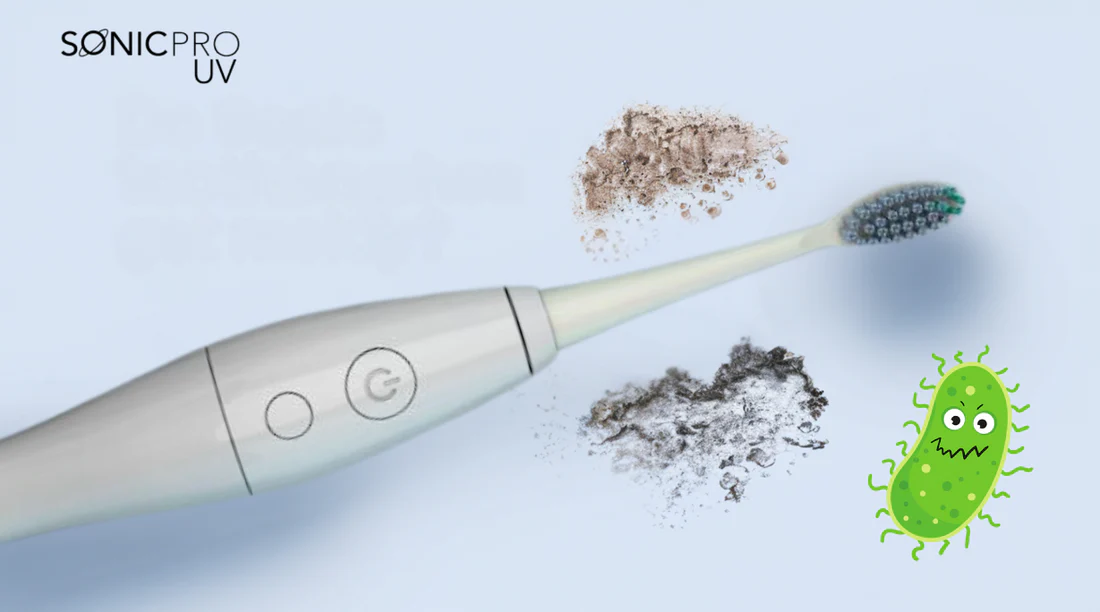In the modern era, choosing the appropriate’ packaging material is vital for both commercial and personal use. Low-Density Polyethylene (LDPE) bags have gained significant popularity due to their practical advantages and wide-ranging applications. These bags are known for their remarkable durability and flexibility, making them suitable for various purposes. Additionally, their ability to resist moisture and many chemicals ensures that the contents remain well-protected. LDPE bags are commonly used in retail and packaging sectors, providing a reliable solution for carrying groceries, packaging clothing, and other consumer goods. In industrial settings, they serve diverse roles, including containing raw materials and products. Their cost-effectiveness further enhances their appeal, offering businesses and consumers an affordable packaging option.
Environmental Impact
When evaluating the environmental impact of LDPE-bags, it’s crucial to consider their recyclability. These bags can be recycled efficiently, reducing their long-term ecological footprint. Additionally, some versions of LDPE-bags are designed to be biodegradable, offering an eco-friendlier alternative to traditional plastic bags. The lighter weight of LDPE-bags compared to other materials further diminishes their environmental burden, as it reduces transportation emissions. Manufacturers are also increasingly incorporating recycled content into LDPE-bags, aligning with sustainable practices and consumer demand for greener products.
However, consumers must engage in proper recycling practices to maximize the environmental benefits. Public awareness and participation in recycling programmers are key to ensuring that these bags are disposed of responsibly and recycled effectively. By understanding and utilizing these eco-friendly options, consumers and businesses can contribute to a reduced environmental impact.
Advantages of LDPE-bags
Flexibility and Practicality
LDPE-bags present an incredibly flexible and practical solution due to their robustness and capacity to adjust to various needs. These bags can withstand considerable wear and tear, making them excellent for carrying a diverse assortment of goods without the danger of breaking.
Moisture and Chemical Resistance
Their ability to resist moisture and a wide array of chemicals ensures that the contents are safeguarded against outside pollutants. These attributes make LDPE-bags especially beneficial for storing and transporting items requiring shielding from environmental factors.
Lightweight and Cost-Effective
Moreover, their lightness reduces shipping expenses, providing cost advantages to businesses. The material’s pliability facilitates straightforward storage and handling, improving user ease.
Recyclability
Additionally, these bags are widely recyclable, which appeals to environmentally conscious consumers seeking sustainable packaging options.
Customization Options
The production process for LDPE-bags also allows for various customization possibilities, such as different colors, thicknesses, and sizes, catering to specific user needs.
Industry Applications
Common Uses of LDPE Bags
LDPE bags have extensive applications across various sectors due to their versatility and practicality. In retail, they are commonly used for carrying groceries, packaging clothing, and other consumer goods. Their durability and moisture resistance make them ideal for these purposes. In households, LDPE-bags serve as convenient storage solutions and are often used for waste management. They are convenient for keeping items organized and protected.
In industrial settings, LDPE-bags are employed to contain raw materials and finished products, offering a reliable method for transport and storage. Their lightweight nature also helps reduce shipping costs, making them an economically sound business choice. Additionally, their chemical resistance makes them suitable for handling various substances, ensuring the safety of both the contents and users. Overall, LDPE-bags provide a multifaceted solution across different environments.
Comparison with Other Plastic Bags
LDPE-bags are generally more flexible and softer than HDPE bags, making them ideal for specific applications with desirable characteristics. Conversely, HDPE bags are typically more rigid and robust, which may suit other needs. For instance, HDPE bags are often used for items requiring more substantial support, such as heavier groceries or construction materials. In contrast, LDPE-bags are preferred for lighter items, offering better stretch and adaptability. The choice between LDPE and HDPE depends mainly on the nature of the items being carried or stored. LDPE’s superior moisture resistance and flexibility can also benefit specific applications, such as packaging fresh produce or moisture-sensitive goods. By understanding these differences, consumers and businesses can select the most suitable type of plastic bag for their needs.
Cost-Effectiveness
LDPE-bags stand out for their affordability due to efficient production processes and the cost-effective nature of the material. These properties allow for competitive pricing, making LDPE-bags an economical choice for businesses and consumers. Their durability contributes to long-term savings, as they often require fewer replacements compared to alternative options. Additionally, the lightweight nature of LDPE-bags can lead to reduced shipping costs, further enhancing their financial advantages.
Businesses that opt for LDPE-bags can experience significant savings in procurement and logistics, while consumers benefit from a reliable and cost-effective packaging solution. The continuous development of sustainable LDPE-bags, which incorporate recycled materials, offers an eco-friendly option without compromising cost-efficiency. This balance of durability, lightweight properties, and affordability makes LDPE-bags a practical choice for a wide range of applications.
Innovations in LDPE-bags
Manufacturers are now focusing on producing LDPE-bags with enhanced environmental credentials. This includes the incorporation of recycled materials to create bags that are not only durable but also eco-friendlier. Advances in biodegradable LDPE-bags are also noteworthy, providing an alternative that breaks down more quickly in natural environments. Innovations extend to improving the mechanical properties of these bags, such as increased strength and puncture resistance, without compromising their inherent flexibility.
Additionally, there has been progress in creating easier LDPE-bags to recycle, streamlining the recycling process and increasing the likelihood of consumer participation. By adopting these advancements, the industry is addressing LDPE-bags’ performance and environmental aspects, aligning with the growing demand for sustainable packaging solutions.
Challenges and Solutions
One of the primary challenges associated with LDPE-bags is their potential environmental impact, particularly when they are not disposed of properly. Since LDPE-bags are made from petroleum-based plastics, they take a long time to break down, contributing to pollution and landfill waste. When not recycled or disposed of correctly, they can also end up in waterways, harming marine life and ecosystems. Addressing these concerns requires a multi-faceted approach that includes improving recycling programs, encouraging sustainable production methods, and promoting responsible consumer behavior.
Enhancing recycling infrastructure is crucial to increasing LDPE-bag recycling rates. Many consumers remain unaware of the specific requirements for recycling soft plastics, leading to improper disposal. Providing clearer information on how and where to recycle LDPE-bags—such as designated drop-off points at supermarkets or specialized recycling centers—can help ensure these bags are diverted from landfills and reprocessed into new products. Governments and businesses can also invest in more efficient recycling technologies to make LDPE recycling more accessible and cost-effective.
Another important step toward sustainability is innovation in LDPE bag production. Manufacturers are increasingly incorporating recycled content into new LDPE-bags, reducing the demand for virgin plastic. The development of biodegradable and compostable alternatives further helps minimizes the long-term environmental impact. While fully biodegradable plastics are still evolving, advancements in material science are creating more sustainable solutions that break down faster under the right conditions.
Tips for Proper Disposal
Properly disposing of LDPE-bags is crucial for lessening their environmental footprint. One practical approach is ensuring they are recycled through local initiatives that handle LDPE products. Please educate yourself about your local recycling centers and their guidelines to ensure adherence. In addition, these bags can be reused for various household purposes, such as rubbish bin liners, storage containers, or packing material, extending their usability and lessening waste.
If your local recycling centers do not take LDPE-bags, consider engaging in take-back programmers offered by shops or specialized recycling hubs. Furthermore, raising awareness among friends and family about the importance of responsible disposal can amplify the positive impact. By adopting these practices, you actively promote a more sustainable cycle for LDPE-bags, thereby reducing their contribution to environmental pollution.
Conclusion
LDPE bags significantly benefit various sectors due to their remarkable resilience, moisture resistance, and cost-effectiveness. Businesses and consumers alike appreciate their durability and the added convenience they offer. However, it’s essential to focus on sustainable practices to address environmental concerns. Opt for LDPE-bags made with recycled content and ensure they are recycled correctly at the end of their use. Participating in local recycling programmers or take-back schemes greatly aids responsible disposal. Adopting eco-friendly packaging solutions and promoting reusable bags can make a substantial difference for businesses. Continued innovation in producing LDPE-bags, such as developing biodegradable options, is key to reducing their environmental footprint.
FAQs
Q: Are LDPE bags biodegradable?
A: Some LDPE bags are designed to be biodegradable, offering an eco-friendly alternative. However, it’s important to look for specific labelling that indicates these properties, as not all LDPE-bags have this feature.
Q: How do LDPE-bags compare to HDPE bags in terms of strength?
A: LDPE-bags are generally more flexible and softer, making them ideal for carrying lighter items and providing better stretch. Conversely, HDPE bags are more rigid and robust, suitable for heavier or bulkier items requiring more substantial support. The choice between the two types of bags largely depends on the intended use.
Q: Can LDPE-bags be recycled?
A: Yes, LDPE-bags are recyclable. However, the availability of recycling options can vary depending on local facilities. It’s advisable to check with your local recycling programmer to see if they accept LDPE-bags. Proper recycling ensures these bags are processed efficiently, reducing their environmental impact.
| Related Business Listings |
| Contact Directory |
| Local Business Profiles |




